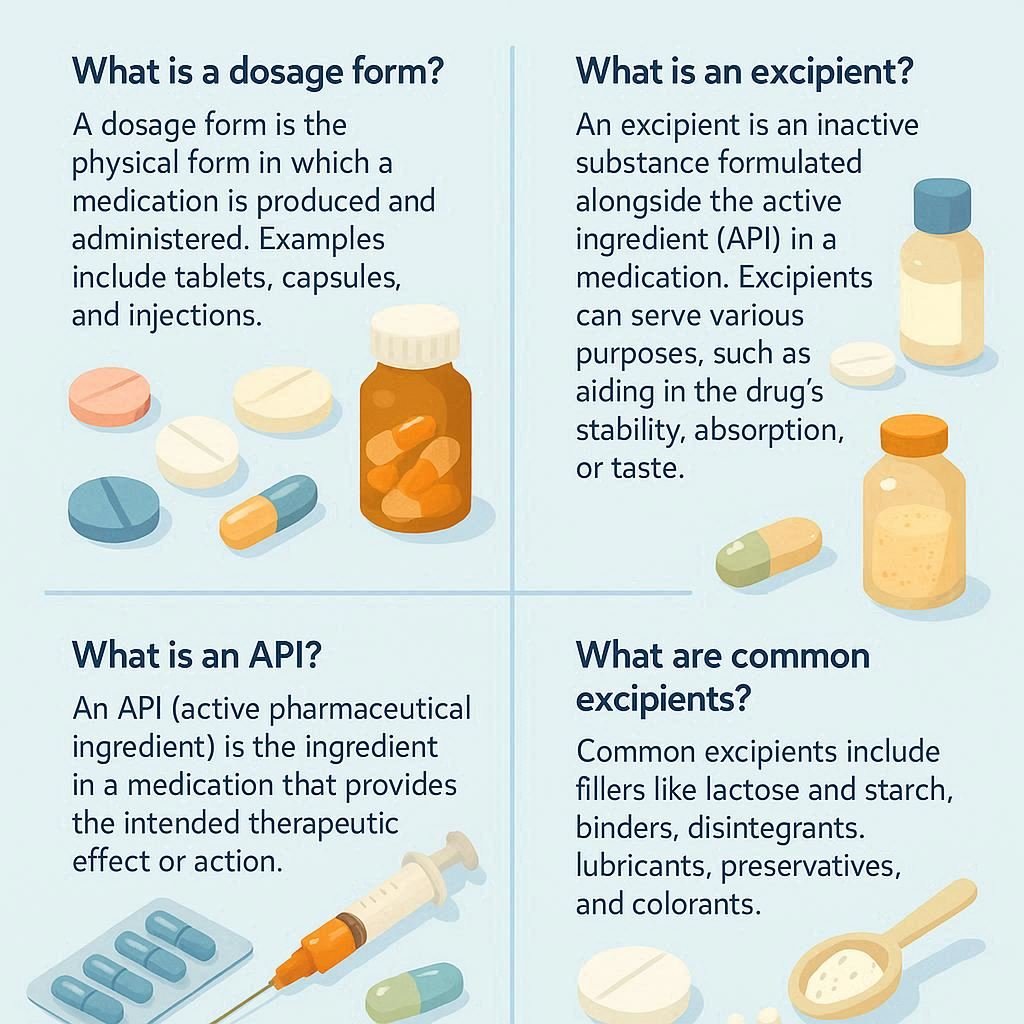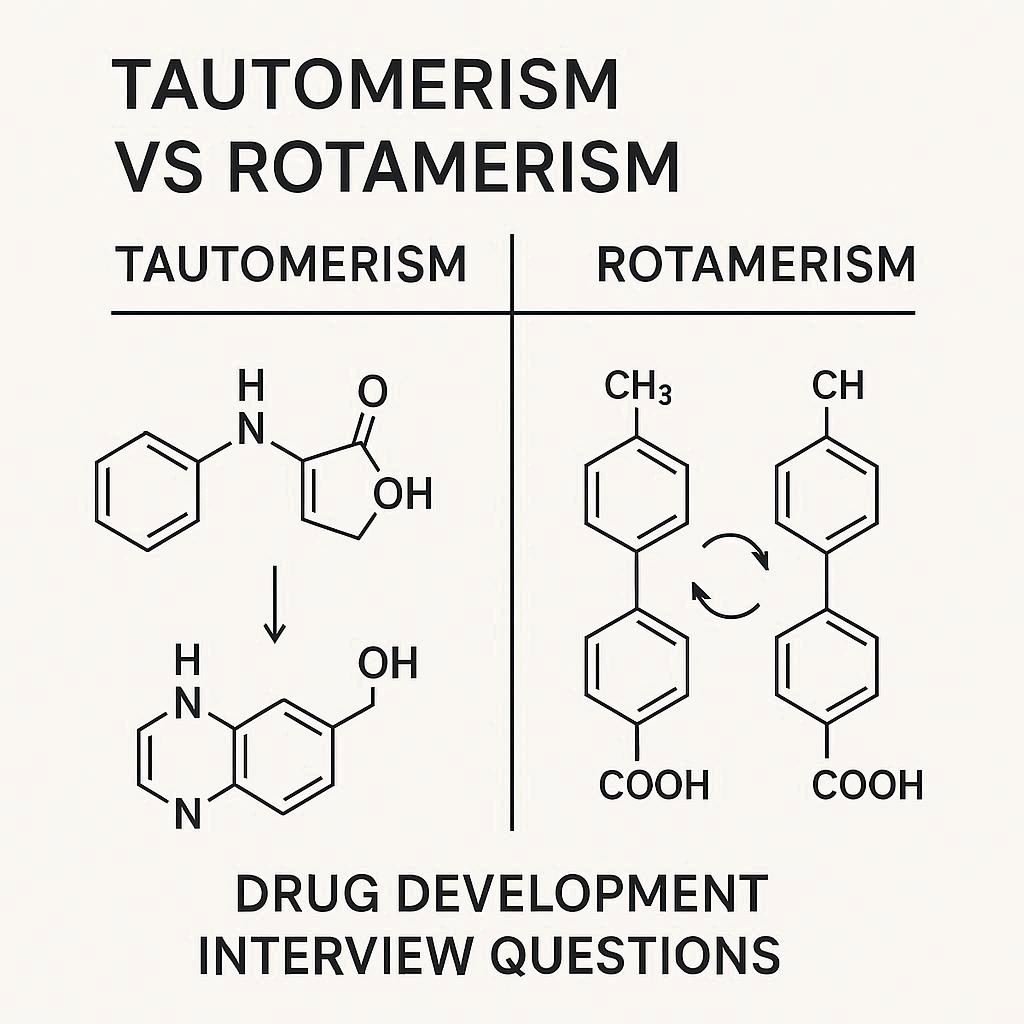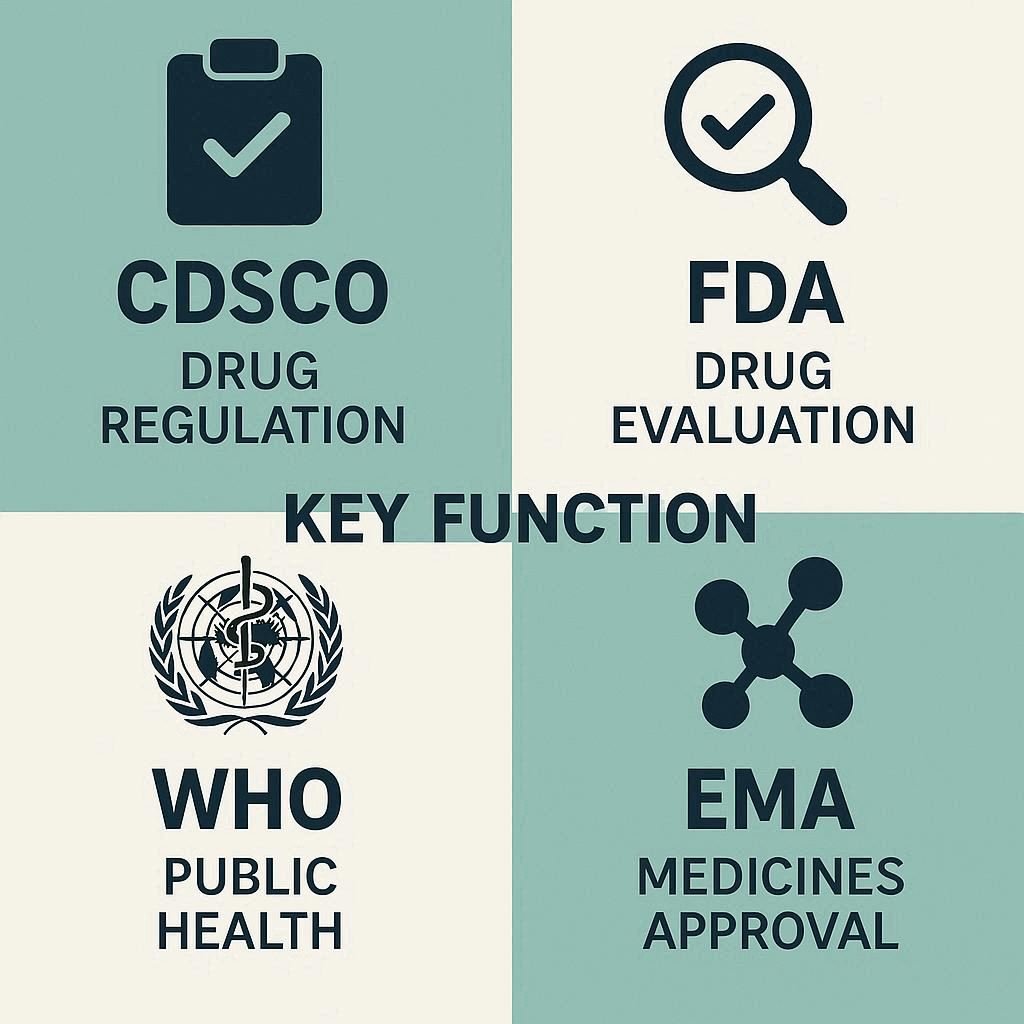
A pharmaceutical dosage form is the final physical presentation of a drug, containing both the active pharmaceutical ingredient (API) and excipients, with the API providing the therapeutic effect and excipients aiding in the formulation, stability, and delivery. Pharmaceutical Dosage forms, Excipients and APIs: Key Differences Aspect Pharmaceutical Dosage Forms Excipients Active Pharmaceutical Ingredients (APIs) Definition […]
A pharmaceutical dosage form is the final physical presentation of a drug, containing both the active pharmaceutical ingredient (API) and excipients, with the API providing the therapeutic effect and excipients aiding in the formulation, stability, and delivery.
| Aspect | Pharmaceutical Dosage Forms | Excipients | Active Pharmaceutical Ingredients (APIs) |
|---|---|---|---|
| Definition | The physical form in which a drug is produced and administered to patients (e.g., tablets, capsules, injections). | Inactive ingredients used in drug formulations that help in the manufacturing, stability, and bioavailability of the API. | The biologically active component in a drug that produces the therapeutic effect. |
| Function | To deliver the API in a controlled, consistent, and safe manner for therapeutic use. | Aid in drug formulation, improve stability, bioavailability, and ease of use; ensure patient compliance. | Provides the therapeutic effect that the drug is designed to achieve. |
| Components | Can include APIs, excipients, and packaging materials. | Inactive substances such as binders, fillers, preservatives, stabilizers, colorants, and lubricants. | The active substance(s) responsible for the pharmacological activity. |
| Types | Tablets, capsules, powders, syrups, injections, patches, suppositories, etc. | Binders, diluents, disintegrants, preservatives, solvents, stabilizers, colors, flavors, etc. | Small molecules, proteins, peptides, monoclonal antibodies, etc. |
| Regulatory Oversight | Regulated by agencies like the FDA or EMA to ensure the drug is safe, effective, and manufactured consistently. | Must comply with regulations like the USP/NF or Ph. Eur., ensuring their safety, quality, and compatibility. | APIs are strictly regulated to ensure their quality, purity, and consistency. |
| Clinical Purpose | Deliver APIs in a controlled manner to treat diseases or conditions. | Improve the performance, stability, and safety of the dosage form. | Directly interacts with the body to treat a specific medical condition. |
| Impact on Drug Efficacy | Influences how the drug is absorbed, distributed, metabolized, and excreted (ADME). | Can affect the release profile, solubility, and stability of the API. | Directly responsible for the therapeutic action of the drug. |
| Formulation Challenges | Ensuring the right release mechanism (e.g., sustained-release, immediate-release) and patient acceptability. | Compatibility with API, stability in final product, and avoiding adverse reactions or contamination. | Overcoming issues like solubility, bioavailability, and stability. |
| Stability Considerations | Dependent on the stability of both API and excipients. | Excipients must be chemically stable and compatible with the API. | Stability, solubility, and shelf-life must be well-defined and tested. |
| Examples | Tablets (e.g., aspirin tablets), Capsules (e.g., ibuprofen capsules), Injectables (e.g., insulin). | Binders (e.g., starch, cellulose), Fillers (e.g., lactose, mannitol), Preservatives (e.g., sodium benzoate). | Ibuprofen (NSAID), Penicillin (antibiotic), Metformin (diabetes drug). |
| Role in Drug Development | Crucial in determining how the drug is delivered to the body. | Vital for ensuring that the dosage form is practical, effective, and acceptable to patients. | Central to the therapeutic effect of the drug and dictates its mechanism of action. |
| Safety Considerations | Must ensure no harm through the physical form (e.g., correct dosage, no degradation). | Must be free from contaminants, non-toxic, and safe for use in the specific patient population. | Must be safe, with defined toxicity limits, and undergo clinical trials to assess efficacy and safety. |
You May Like
API is the active component that produces a therapeutic effect.
Excipients are inactive substances that support formulation and delivery.
Dosage form is the final product (e.g., tablet) containing both API and excipients.
It’s the physical form in which a drug is produced and administered, such as tablets, capsules, or injections.
An inactive substance used to aid in the manufacturing and delivery of the API.
They ensure accurate dosing, improve stability, enhance patient compliance, and optimize drug absorption.
Tablets have low moisture content, are compressed tightly, and are less prone to degradation.
Dosage form: Tablet
API: Paracetamol
Excipients: Lactose, magnesium stearate
Tablets are preferred due to ease of production, storage, stability, and patient convenience.
Uniformity, stability, accuracy in dosing, ease of administration, and bioavailability.
Tablets date back to ancient Egypt, but were standardized with the advent of industrial manufacturing in the 19th century.
A single dose of medication in a fixed quantity, such as one tablet or capsule.
To accommodate different patient needs, improve efficacy, and suit various routes of administration.
To meet therapeutic goals, patient preferences, and different pharmacokinetic requirements.
Solid oral forms like tablets or capsules that control the rate at which the drug is released (e.g., immediate or sustained release).
Solid (tablet, capsule), Liquid (syrup), Semi-solid (ointment), Gaseous (inhalers), Parenteral (injections).
Unwanted chemicals that may be formed during manufacturing or storage affect safety and efficacy.
Paths by which drugs enter the body—oral, intravenous, topical, inhalation, etc.
Lactose, widely used as a filler or binder in tablets.
They’re also known as inactive ingredients or pharmaceutical aids.
They enhance stability, control drug release, aid in absorption, and improve patient acceptability.
APIs are selected for therapeutic effect; excipients are chosen for compatibility and function; dosage forms are designed to ensure safe and effective delivery.
Because their interaction affects drug stability, release, absorption, and patient safety.
Therapeutic effect, solubility, stability, pharmacokinetics, and safety profile.
The chemical structure dictates polarity, degradation pathways, and how well it dissolves and is absorbed.
Poor solubility, instability, hygroscopicity, and compatibility with excipients.
Use of solubilising agents, nanoparticles, salt formation, or advanced delivery systems like liposomes.
Through documentation, clinical data, GMP compliance, stability data, and risk assessments.
Ensures consistent quality, minimizes contamination, and complies with regulatory standards, affecting approval timelines.
Different forms release drugs at different rates, influencing how quickly and effectively the drug acts.
Based on bioavailability, patient compliance, onset of action, and nature of the API.
Use of stabilising excipients, protective coatings, controlled environments, or novel delivery systems.
They influence hardness, disintegration time, dissolution rate, and compressibility.
Some excipients may cause allergies or intolerance, especially in children or elderly.
Thorough toxicological testing, regulatory approval, and labelling for known allergens.
They assess the interaction of all components—API, excipients, and form—for safety, efficacy, and consistency.
It proves that the product maintains its safety, strength, and quality over time under specified conditions.
Rigorous testing, supplier qualification, GMP compliance, and continuous monitoring.
Impurities or variability can affect drug performance, safety, and shelf life.
3D-printed pills, nanocarriers, mucoadhesive systems, and smart excipients for targeted delivery.
AI accelerates formulation design, predicts drug-excipient compatibility, and optimizes stability and release profiles.
Further Reading


Quick Links